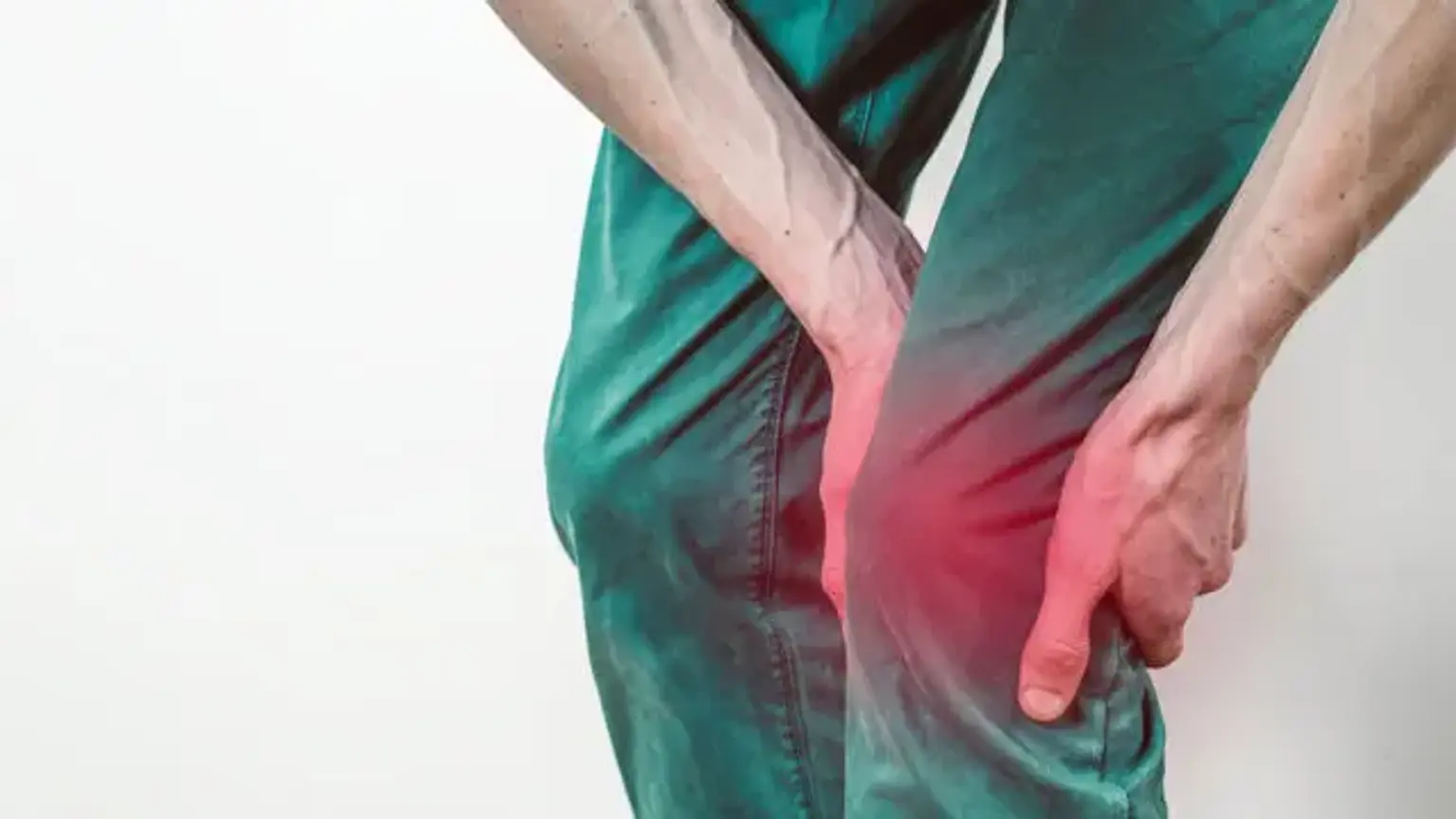Torn meniscus
Overview
Each side of your knee has one meniscus - the medial meniscus on the inside and the lateral meniscus on the outside. Your menisci operate as shock absorbers for your lower leg, cushioning the impact of your upper leg. They also aid to stabilize your knee joint and maintain your knee motions smooth.
Meniscus tears are common among athletes, but they can also occur as a result of aging and wear and strain. When people say they have 'torn cartilage' in their knee, they typically imply they have a meniscus injury. They are graded differently based on the severity of the damage. If your injury is serious, you may injure other components of your knee in addition to your meniscus. You might, for example, sprain or tear a ligament in your knee, such as the anterior cruciate ligament.
